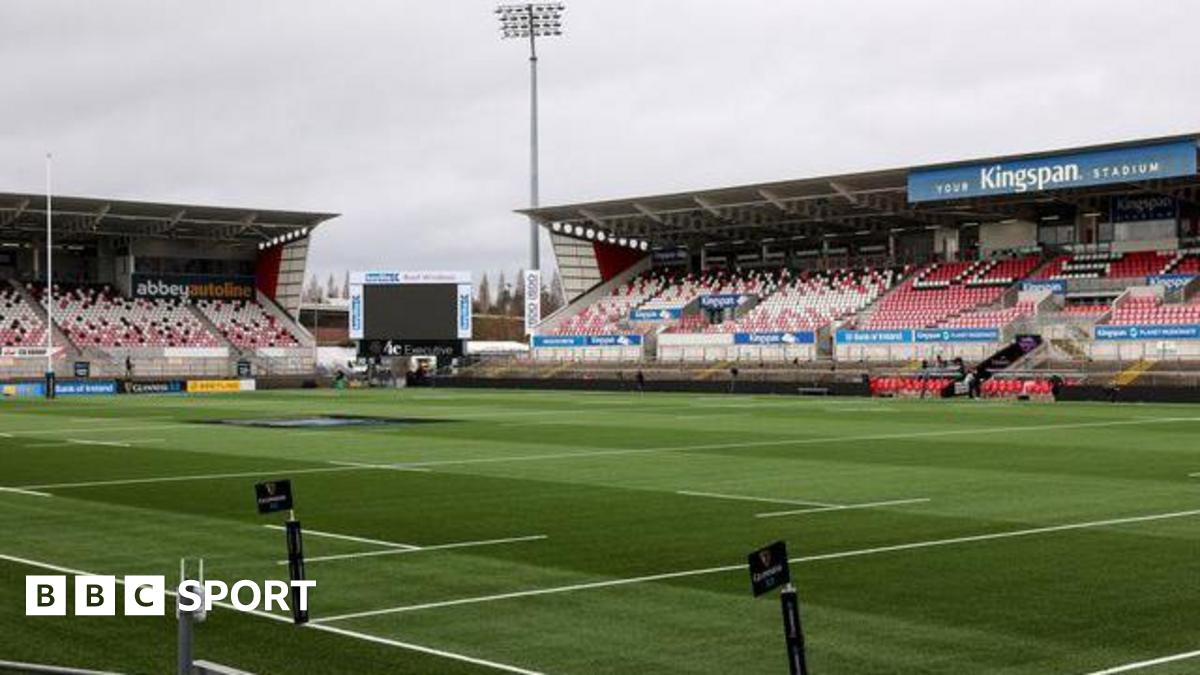The price of security: Europe is set up for a serious challenge
If everything goes to plan, within a decade from now many European countries will be pumping as much money or more into their militaries as they did in the bygone days of collapsing empires and Cold War angst.
That means a generation that mostly entered into adulthood during a subsequent period of relative harmony, and enjoyed the many related benefits well into middle age, may soon be faced with an uncomfortable new reality.
NATO members, many of which are European nations better known for strong social safety nets than military strength, agreed during a recent summit to start spending the equivalent of 5% of annual GDP on defence by 2035.
Governments now face thorny questions about how they will retool economies subsequently designed to maximize a peace dividend in ways that once again bulk up for the battlefield.
A quarter-century ago, a future US secretary of state bemoaned the “near collapse” of military spending in much of Europe and suggested it would have to increase. The 20th century was fading fast, and with it tangible memories of the conflict, destruction, and incomplete resolution that led the region to rely heavily on an American security guarantee.
US President Donald Trump’s first term ramped up the pressure; at that point committing 4% of GDP was the ambitious target being discussed. Russia’s subsequent invasion of Ukraine, an aspiring member of the European Union, kicked things into a more urgent register.
The invasion may have ushered in an entirely new era for the continent. Historians haven't quite nailed down a name for it yet, but its outlines are undeniable – and foreboding.
But the need to remodel economies in response hits at an unfortunate time. Direct military spending should account for 3.5% of GDP under the new NATO target, while an additional 1.5% should be allotted for defence-related infrastructure. That comes amid mounting public debt concerns, and new trade uncertainty in a global market riddled with threatened or enacted tariffs.
Still, the need to dramatically expand defence budgets (mostly) appears inescapable.
NATO’s 5% spending commitment is a political signal, not a concrete plan. But even getting to this point is remarkable.
The reduced European defence budgets of recent decades were a sign of misplaced confidence that some of its most difficult periods were behind it. Now, in order to hit the new target, most countries there would have to double or triple their current spending on core defence.
Germany last neared the 5% of GDP spending mark in 1963 – a period of heightened tension between its politically divided East and West. Last year, it committed less than 2% of GDP to defence. Chancellor Friedrich Merz has said that tacking on the equivalent of just two percentage-points-worth of GDP would mean spending nearly an extra €100 billion. Maintaining that over an extended period could mean having to slash other parts of the public budget.
The question is, which parts? For a country where the number of pensioners grew by 50% between 1991 and 2022, decisions on curbing benefits wouldn’t necessarily be easy.
Greece joined NATO a few years after its formation. The country last spent upwards of 5% of GDP on defence for a decade starting in the mid-1970s, as its conflict with Türkiye over Cyprus intensified (leaders of the two countries pledged their commitment to a settlement at Davos in 2016). By last year, Greece had reduced spending to about 3.1% of GDP. Türkiye, a vital NATO member straddling two continents, also last spent 5% a half-century ago; that was down to less than 2% last year.
Portugal was spending 4% of GDP or more on its military before the end of the “Estado Novo” dictatorship in 1974. Last year, the figure was 1.5%. The government doesn’t see a risk to other funding priorities as a result of the defence push – for now.
In Belgium, where unexploded ammunition left over from World War I is still stumbled upon regularly, defence spending hasn’t topped 5% of GDP since the country joined NATO in 1949. Last year, it spent 1.3% of GDP. The government there has signalled that new taxes might be “a last resort” to bolster defence while also preserving social benefits.
Retaining military personnel in the UK has been a problem due to steady underinvestment. The country last committed 5% of GDP to defence in 1986; the figure for last year was 2.2%. Spending on healthcare has meanwhile moved in the opposite direction, and the country has already diverted funds intended for foreign aid to prop up defence outlays.
France’s military spending reached 7.6% of GDP in 1953, due to campaigns in Southeast Asia and North Africa. By 2001, French spending had dipped to about 2% of GDP – where it has remained. Strained finances and a desire to cut the deficit mean the country may now try to borrow money directly from the public for defence, through the same type of national loan used during World War I.
France actually pulled out of NATO’s integrated military command in 1966 (though it remains an ally), compelling US President Lyndon Johnson to remind everyone of the political unity of purpose needed to make the security pact work.
Much of the impact of NATO’s new spending goal in Europe will depend on how the complementary 1.5% of GDP pegged to defence infrastructure will be used, and on how creative the related accounting gets – though it’s clear that maintaining unity through a difficult period will be essential.
After all, finding new ways to combine forces and respond creatively to weighty challenges is exactly the kind of thing the alliance was designed for.









